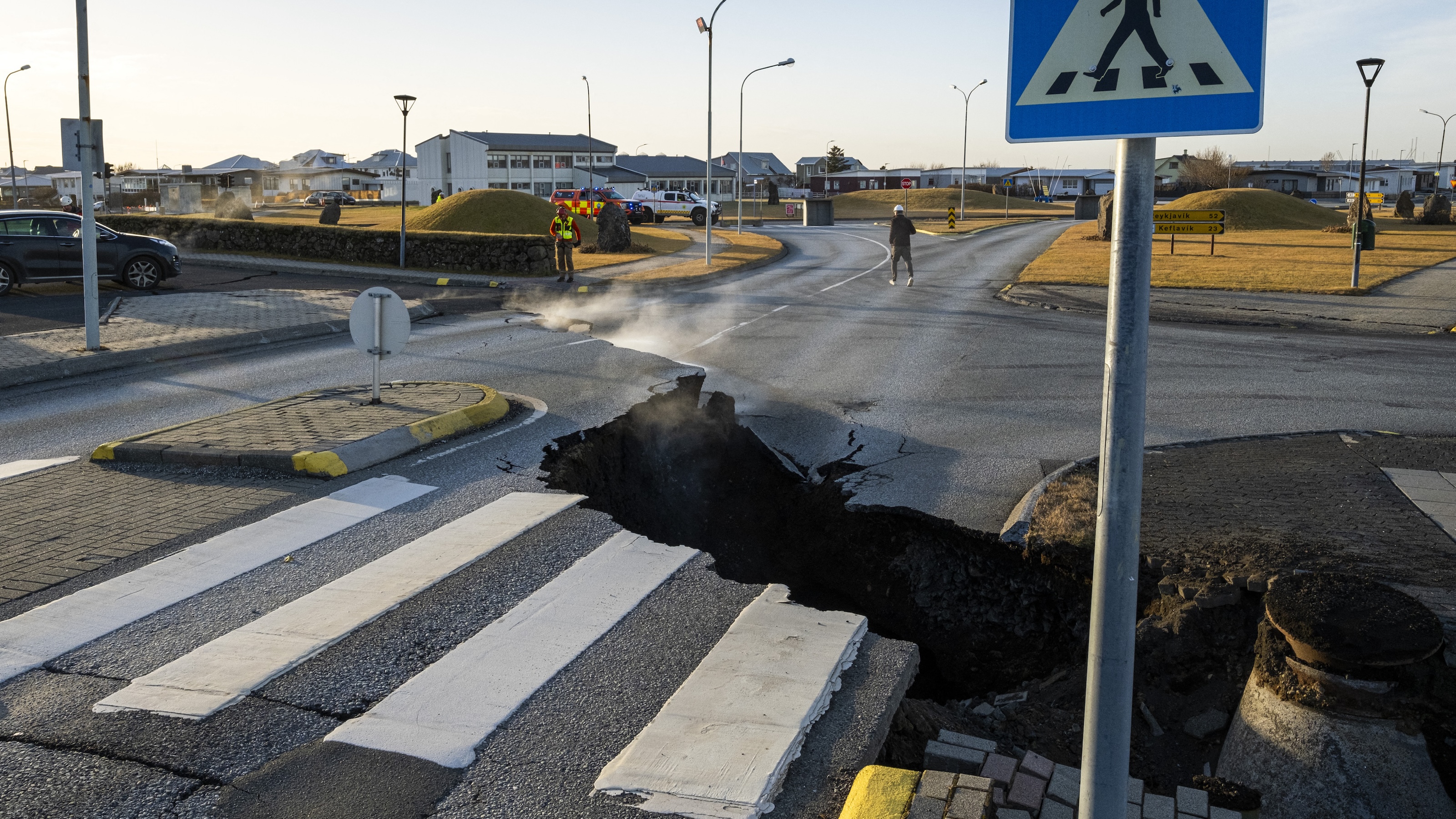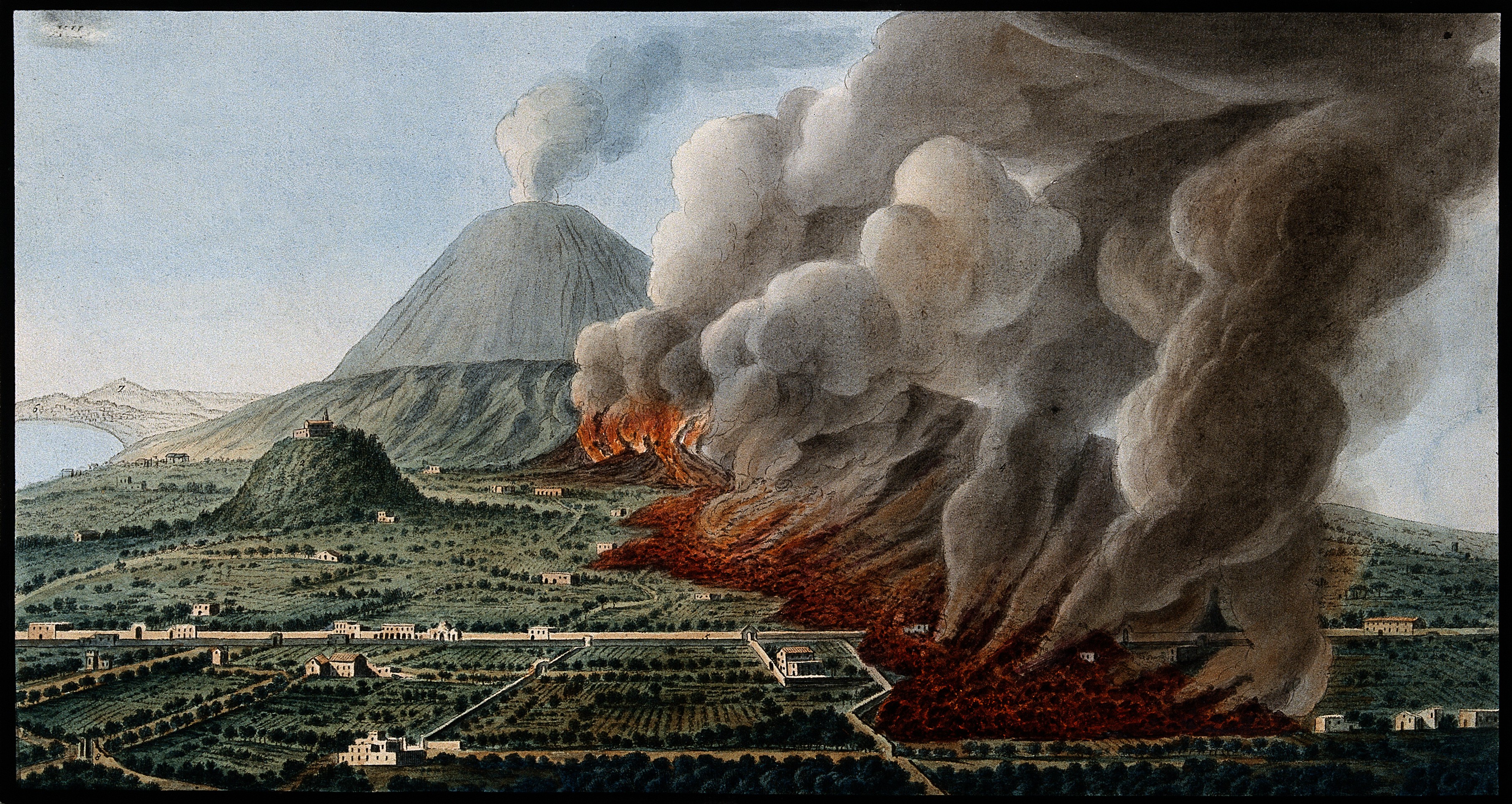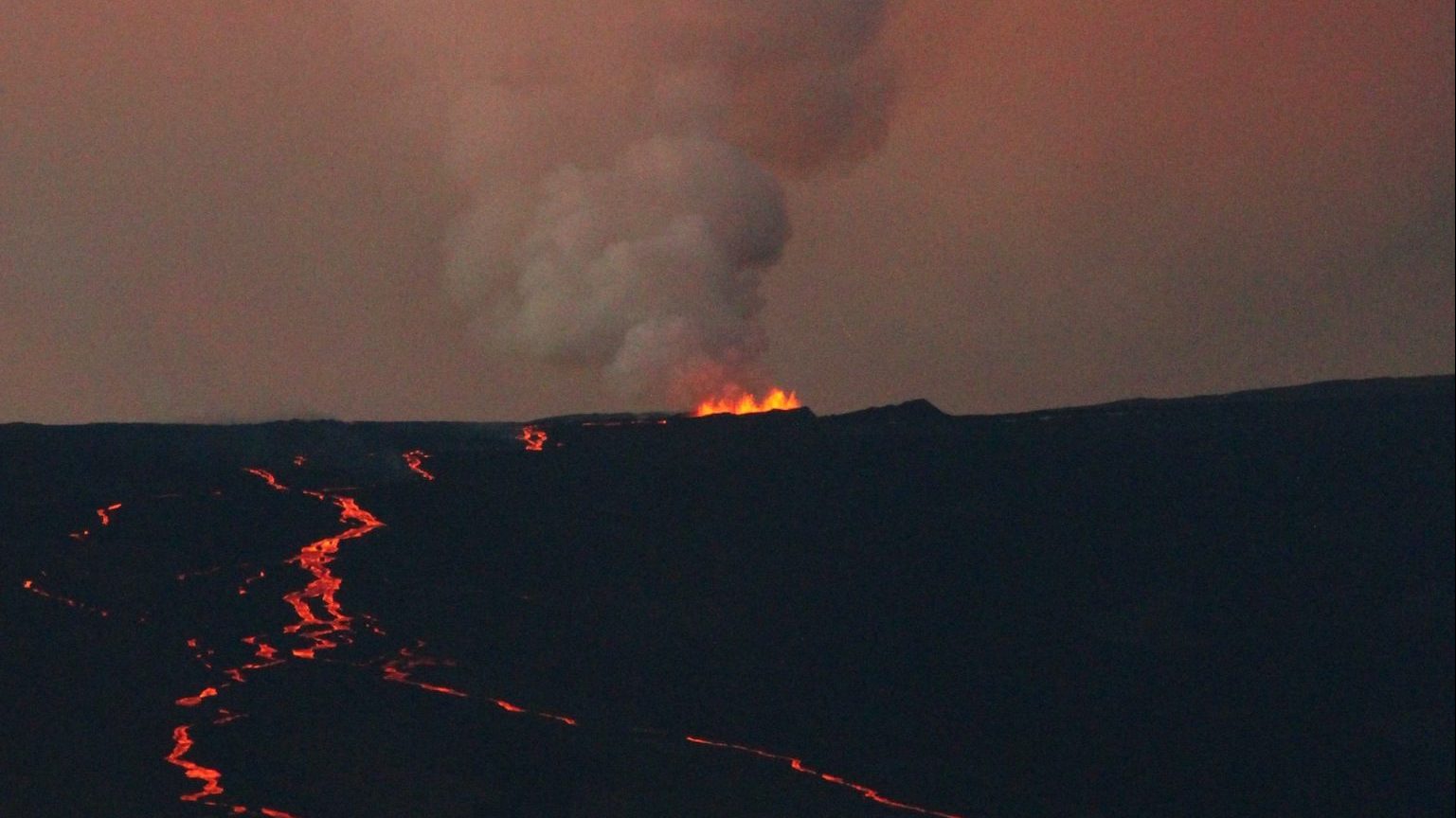Tremors, Mt. Baker and the media: The sensationalism of science

It never ceases to amaze me how the media just loves to find bad in the good (or at least the interesting). I’ve seen a number of article or blog posts from newspapers that proclaim that Mt. Baker is Washington is “overdue” for an eruption, so naturally I was curious “how would they know that”? Well, that lead me down a path that, as we’ve seen before, becomes a lot like a game of telephone, where the message is convoluted along the way.
We’ll start off with the science. Nature recently published a study by Dr. Mark Jellinek (UBC) and Dr. David Bercovici (Yale) that looked at the tremors associated with magma rising in a volcanic conduit before an eruption. This study was centered on whether these vibrations could be used to help predict when a volcanic might have an explosive eruption. It is based on a model that magma moving up the volcanic conduit from depth is doing so not as a flow of liquid (like a spigot), but rather as a plug of magma surrounded by a layer of bubbles that shear as the plug is forced upwards. These bubbles are kind of like the packing bubbles in a package (see figure below) you might receive in the mail – they are a cushion along which the magma plug rests, but they don’t hold the plug in place. This means that as the bubbles get squeezed, that plug might rock back and forth in the conduit as it is moving, producing harmonic tremor in the volcano. According to this new study, this tremor will increase in frequency the closer the plug is to the surface (and thus erupt). Why is this interesting? Well, if instruments sensitive enough to measure this tremor can be installed around a volcano, then it might be possible to monitor the tremor and its frequency in order to give some early warning of an impending eruption – and warning that is closer than “days to weeks”. This is, of course, all theoretical right now ~ Jellinek and others are looking to test this monitoring method out on a volcano that is giving signs of an impending eruption ~ but it could be another useful tool to monitoring active volcanoes. Of course, this model only works for fairly viscous magma – andesite and dacite – rather than the less viscous (and more active) volcanoes that erupt basalt or basaltic andesite like Etna and Kilauea.

A figure from Jellinek and Bercovici (2011) showing the model for magma moving through a conduit. The layer of shearing bubbles on the edges of the plug allow for the column of magma to oscillate, creating tremors that could be used to help predict an eruption.
Of course, the media picked up on this article – it is an interesting look at developments in volcano monitoring (and it is in Nature, never forget that pull, be it as it may). However, after the initial salvo in the science media where the idea of looking at the magmatic “wagging” of a volcano was examined, some newspapers latched onto something that Dr. Jellinek may (or may not) have said about whether Washington’s Mt. Baker was “overdue”*. Now, nowhere in the articles I’ve read does anyone directly quote Dr. Jellinek as saying, verbatim, “Mt. Baker is overdue”. Sure, it has been a while since it erupted and we should expect that it will erupt again, but “overdue”? He is definitely right that if it does erupt, it will cause a mess in Bellingham, WA and likely Vancouver, BC due to ash fall – you can check out the full 1995 USGS hazard report on the volcano as well. However, it seems clear to me that an overzealous reporter jumped at the idea that a prominent volcano like Baker is primed for another eruption.
Mt. Baker is still, of course, an active volcano. It has active fumaroles at the summit and hot springs around the edifice. Currently, the volcano is still in what is called the Sherman Crater eruptive period that started in 1843 with the last confirmed eruption in ~1880. This period is mostly small phreatomagmatic explosions (VEI 2) and young tephras/bombs. There are quite a few historical reports of activity at Baker during the 19th century, but many of them are questionable, but there has been increasing in thermal/fumarolic activity at the summit. One of the most prominent was in 1975-76, when the heat flow increased 10-fold and the plumes took on a darker complexion. Prior to this period, the volcano produced a number of tephras and collapses during the Mazama Park period from 5,930-5,740 years before today. With a record such as that, it is fairly hard to say how “overdue” Mt. Baker is for a new eruption.
So, we have a fascinating article that suggests that we might be able to give people more reliable warning of the timing of an impending eruption and over a week, the news reports on the article degrades to “Baker is overdue, Vancouver is doomed!” Part of this is, clearly, the sensationalizing that the media loves to do. Part is likely just shoddy reporting that relies on the internet rather than talking directly to the sources (that might be on the same campus). Part is likely just the basic lack of understanding of volcanology and science in general by many in the media (and public). It might take a watershed event of “the sky is falling” to get the media out of the habit of turning every news report into a prophecy of destruction. It just makes life more difficult for those trying to get the real information out.
* Is there any way we can come up with another term for a volcano that hasn’t erupted in a period longer than the normal interval between eruptions? “Overdue” is such a loaded word – volcanoes are not pinned to schedules, so the variability in the timing between eruptions, especially at less active volcanoes, is likely not predictable. Just something that really bugs me.
Top left: Undated image of Mt. Baker in Washington state.




